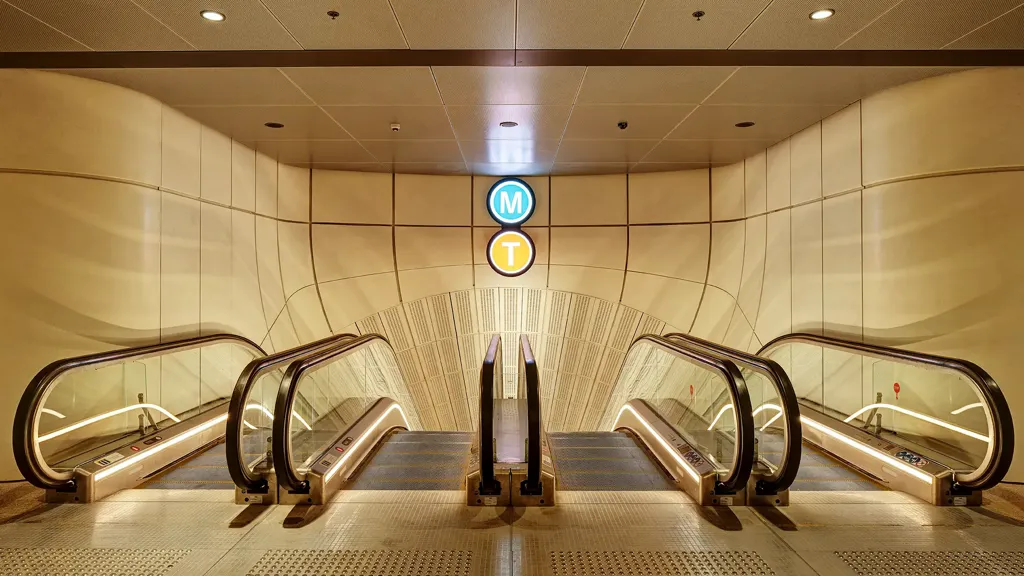Explore
Discover more of our expertise:
Issues
Learn more about the big ideas shaping our industry:
Experts
Contact our team today:

Mark Bowers
Global and UKIMEA Materials Leader
Mark is a material and façade expert sitting in the London Technical Services team, previously having led the materials business in the Americas.

Adam Jaffe
Americas Materials Leader
Adam Jaffe leads Arup’s Materials business in the Americas and is based in New York.

Nuno Ferreira
East Asia Materials Leader
Nuno Ferriera is Arup’s Materials Leader for East Asia, based in Hong Kong.

Bruna Frydman
Europe Materials Leader
Bruna is the Materials Skills Network leader for the Europe region, she provides technical and strategic advice on materials issues across the full life cycle of projects.






















